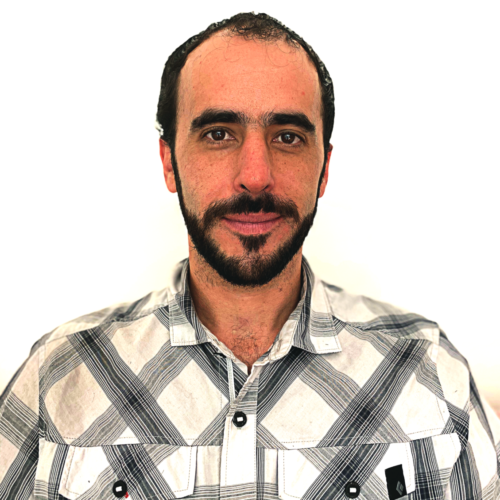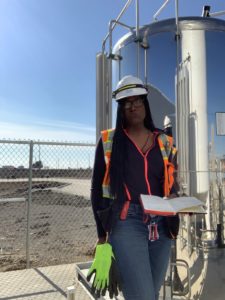Why Energy Modeling?
The building sector accounts for 40% of global energy consumption and 33% of greenhouse gas emissions, according to the World Economic Forum. Buildings are a critical piece of the solution to a lower carbon future. We spend 90% of our time in buildings as they are where we live, work, and play. As the population grows, energy demand continues to rise every year. The reduction in building energy consumption is essential to face our environmental challenges and contribute towards a more sustainable future.
As technologies rapidly advance, there is an enormous opportunity for improvement in the design of buildings to increase energy performance and save money. The amount of investment in energy-efficient buildings represents a low percentage of the total amount spent in the building sector. It is essential to educate project owners and managers about the benefits of investing in energy efficiency at an early design stage.
What is Energy Modeling?
Building energy modeling (BEM) is a computer-based model of the building that uses thermodynamic simulations to calculate the predicted energy performance over a period of time. BEM is used to analyze a building’s energy output before it is designed and built. Energy efficiency strategies can be implemented into the model to analyze the most optimal combination to maximize the energy performance and obtain significant energy savings.
If used correctly at the early design phase, BEM is a powerful tool that results in an integrated design solution, offering significantly higher savings than traditional methods. It is often common to achieve around 20-30% of energy savings of the annual energy cost when performing an energy model early in the design. If the building can be operational for more than 30 years, there is a substantial amount of money to be saved.
The Epsten Group Experience
Building energy modeling is a very sophisticated tool and often leads to mistakes when not used accurately. It takes several years of experience to confidently perform simulations and report accurate results. Epsten Group has 30 years of combined experience in building energy modeling. Our energy team has participated in approximately 30 projects worldwide and have successfully implemented energy efficiency strategies to achieve higher energy performance for our clients. As a third-party verifier for LEED Certification, we review energy models daily. We are confident that our energy modeling experts will lead with proven precision to improve the energy performance of any building.




